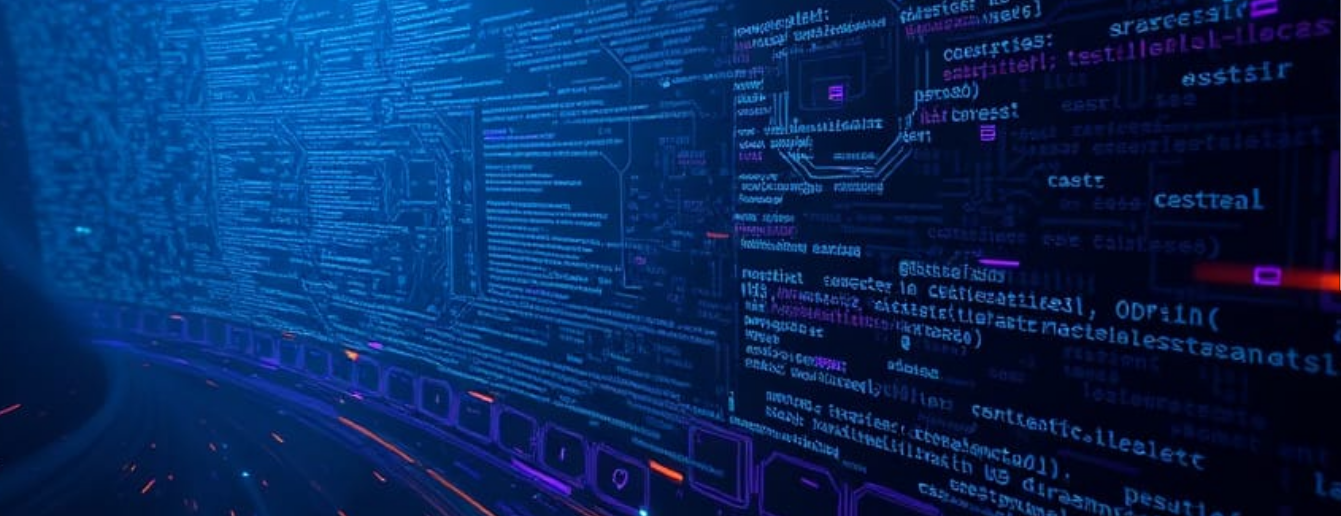Imagine trying to teach a computer to recognize a cat in a picture. You could try to program specific rules – it has whiskers, pointy ears, a tail, etc. But what about a cat curled up in a ball? Or a blurry photo? Rule-based systems struggle with such variations. Artificial Neural Networks (ANNs) offer a different approach, inspired by the structure of the human brain.
At their core, ANNs are computational systems made up of interconnected nodes, or “neurons,” organized in layers. Think of it like a complex web where each connection has a certain strength or “weight.” These weights are the key to learning. A simple ANN typically has three main types of layers:
-
Input Layer: This layer receives the raw data. For our cat example, each neuron in the input layer might represent a pixel in the image. The intensity of the pixel would be the “activation” of that neuron.
-
Hidden Layer(s): These are the workhorses of the network. They sit between the input and output layers and perform the complex calculations needed to extract meaningful patterns from the input data. A network can have multiple hidden layers, and the more layers (and neurons), the more intricate the patterns it can potentially learn – this is the basis of “deep learning.”
-
Output Layer: This layer produces the final result. In our cat recognition example, the output layer might have a single neuron that outputs a probability – how likely the image contains a cat.
How do these “neurons” work?
Each artificial neuron receives inputs from the neurons in the previous layer. These inputs are multiplied by their corresponding weights. These weighted inputs are then summed up, and a bias (a constant value that helps the network learn) is added. This sum is then passed through an activation function.
The activation function introduces non-linearity into the network. Without it, the entire network would essentially behave like a single linear function, severely limiting its ability to learn complex relationships in the data. Common activation functions include sigmoid, ReLU (Rectified Linear Unit), and tanh. These functions squash the input value into a specific range, determining the neuron’s output, or “firing” strength, which is then passed on to the neurons in the next layer.
How does an ANN learn?
The magic of ANNs lies in their ability to learn from data through a process called training. Initially, the weights and biases in the network are often set randomly. The network is then presented with training data (e.g., images labeled as “cat” or “not cat”). For each input, the network makes a prediction. This prediction is then compared to the actual label, and the difference (the “error”) is calculated. An optimization algorithm, most commonly backpropagation, is used to adjust the weights and biases in the network. The algorithm essentially propagates the error back through the network, determining how each weight contributed to the error and adjusting them slightly to reduce the error in the future.
This process is repeated many times across the training data. With each iteration, the network gradually refines its weights and biases, learning to identify the underlying patterns and features that distinguish cats from other objects. Eventually, a well-trained ANN can accurately classify new, unseen images.
In essence, Artificial Neural Networks are powerful computational models inspired by the brain. They learn by adjusting the connections between artificial neurons based on the data they are exposed to. Their ability to learn complex patterns has made them incredibly successful in a wide range of AI applications, from image and speech recognition to natural language processing and beyond. The depth and complexity of these networks continue to evolve, driving many of the exciting advancements in artificial intelligence today.
